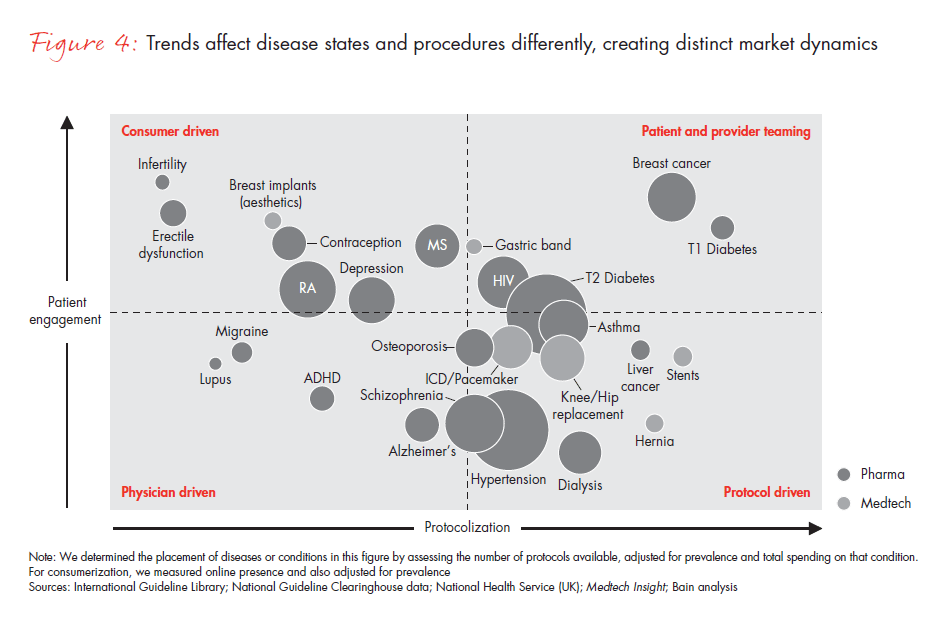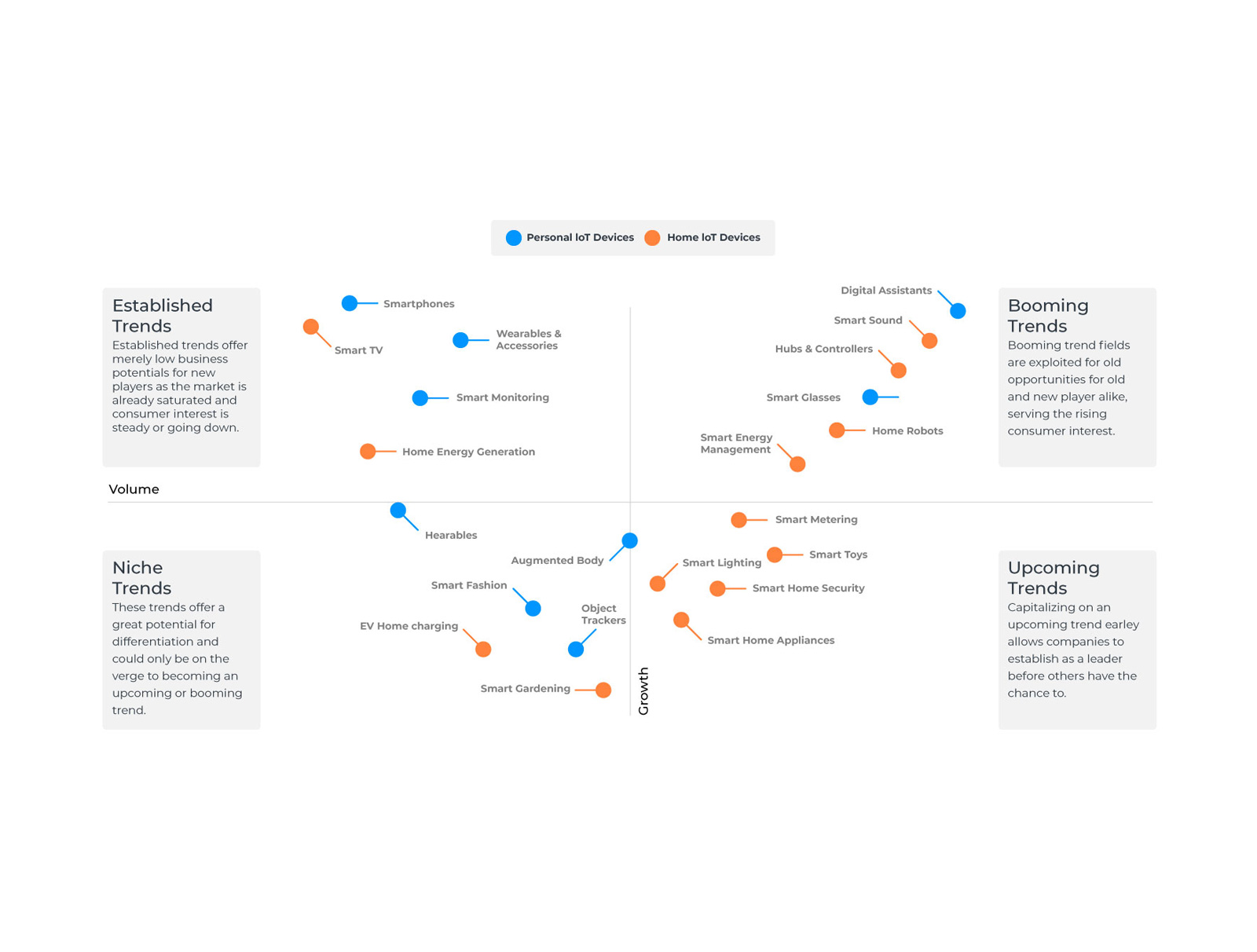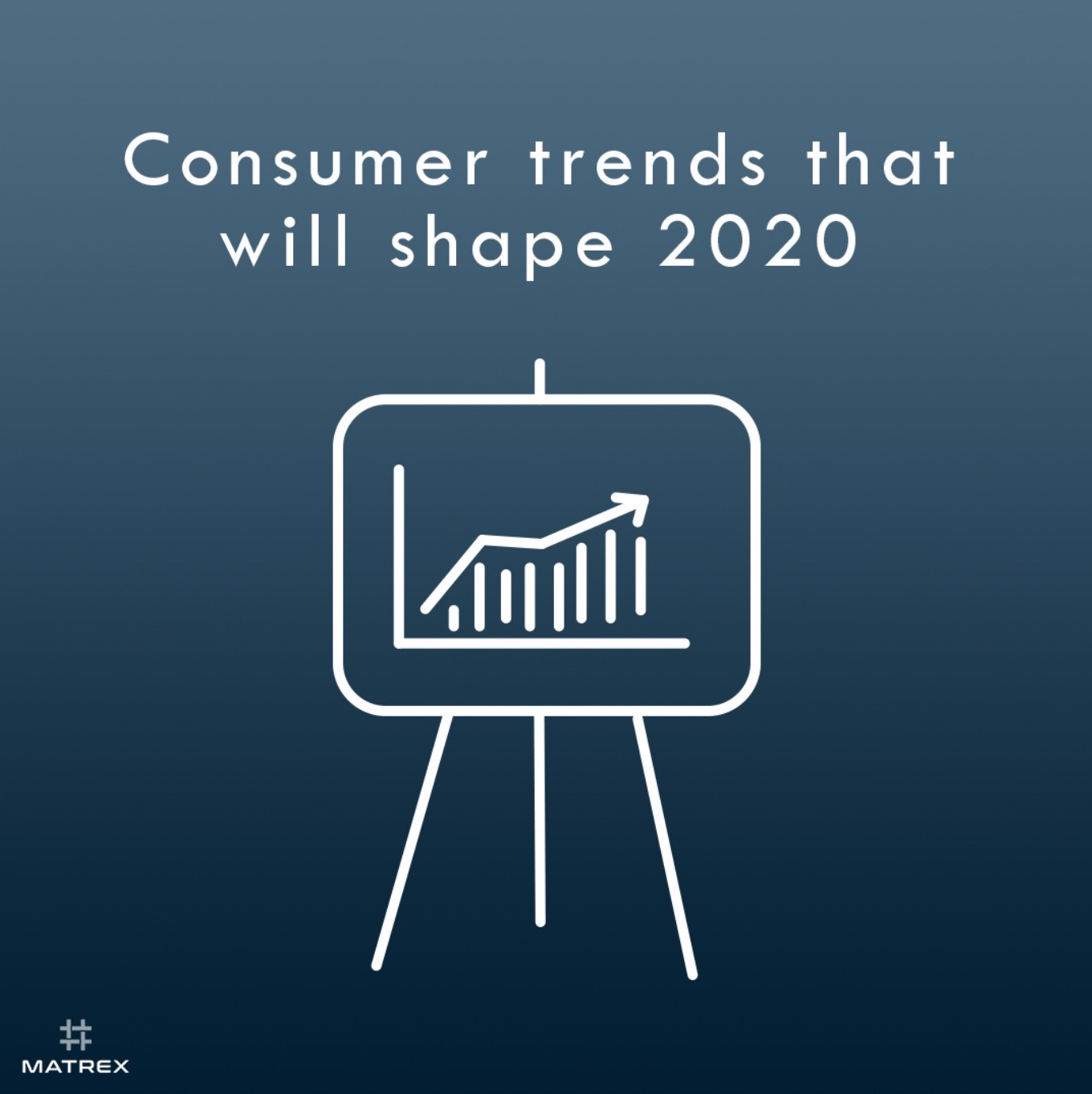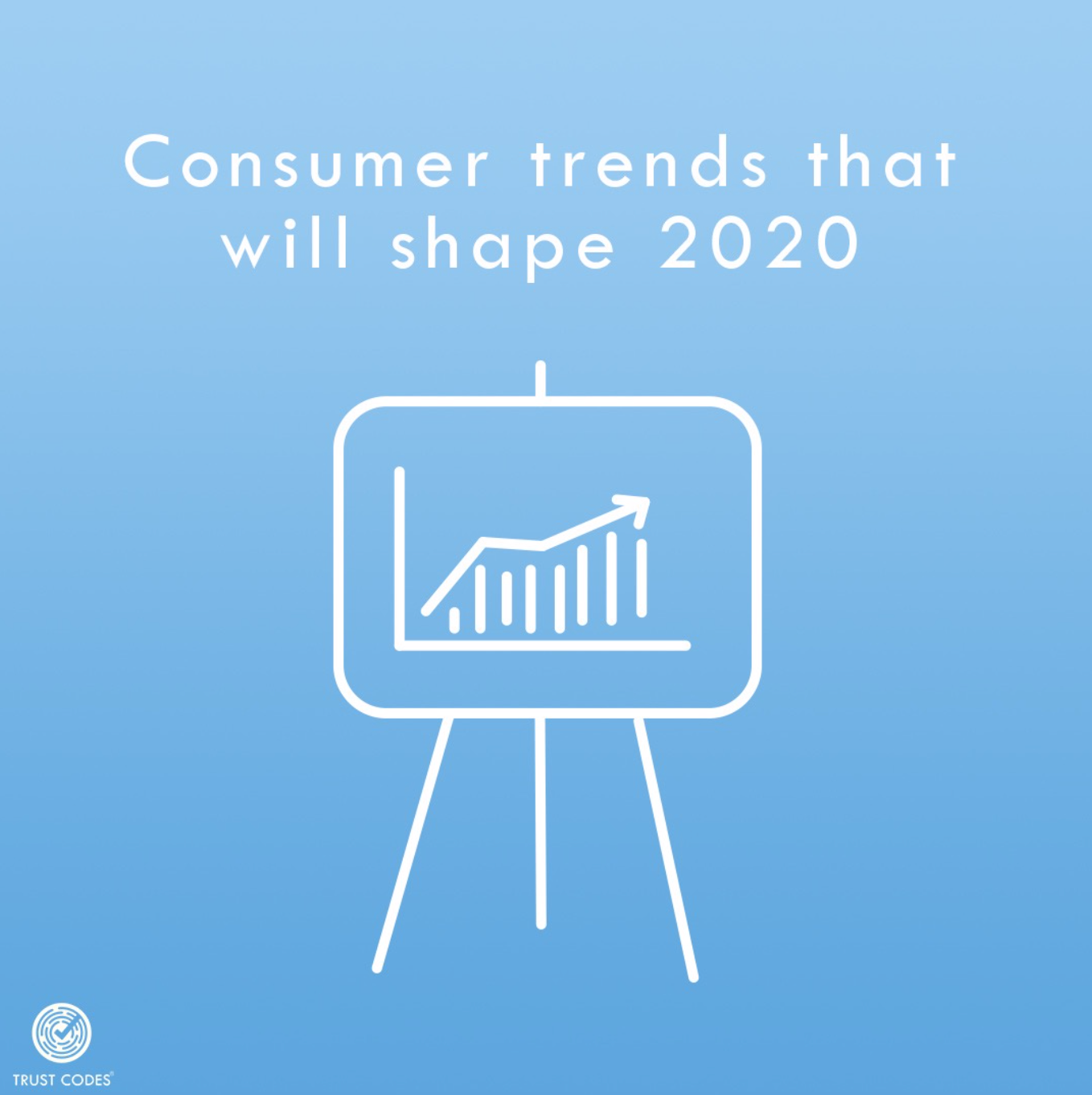Top Guidelines Of Close Look At Markets Fads 2020
From May 8th, all Crimson Hexagon products are now on the Brandwatch website. You'll discover them under 'Products' in the navigation. If you're an existing consumer and you need to know more, your account manager will more than happy to assist.
What challenges might the customer item industry be dealing with 5 years from now CPG business can prepare themselves for a variety of possible futures by utilizing innovation, transforming brands, and exploring new service designs. View the related infographic Executive summary: Rough seas most likely ahead Customer item business and sellers face a confluence of rapidly developing innovations, consumer market shifts, altering customer choices, and economic unpredictability.
In this rapidly developing, low-growth, and margin-compressed environment, clear tactical direction and coordinated efforts are not all that must be pursued. Speed of execution and completeness of action are just as essential, if not more essential, to consider. Due to the fact that nobody understands exactly how marketplace dynamics will ultimately play out over the next 5 years, consumer product companies must be prepared to operate amid uncertainty.
The undercurrents in play place tension on the consumer item company's traditional sources of competitive advantagescale, brand name commitment, and retail relationshipsand the operating model that much of these companies are constructed on. Concurring on strategic actions while not having the ability to settle on what the customer item landscape will likely look like in five https://en.search.wordpress.com/?src=organic&q=best tech gadgets years is challenging in itself; simultaneously moving quickly with arrant actions is a lot more challenging.
Market Trends In 2020 - An Overview
Measured by return on properties (ROA), the customer product market's average profitability has trended downward over the previous thirty years (from 5.8 percent in 1980 versus 3.7 percent in 2013).1 While the bottom quartile of consumer product companies has suffered the most (1.9 percent ROA to a negative ROA of -5.6 percent), top performers are also slightly less profitable than they were in the past: Top-quartile ROA entertainers' ROA fell from 9.2 percent to 8.1 percent.


Additionally, the United States consumer packaged goods market is not likely to grow beyond the rate of population development, and little gamers may be better placed to take market share from standard market leaders. Possibly the downturn in return on possessions is partly because many business are neither vibrant enough in their plans, nor quickly enough in their actions.

Undercurrent 1: Unfinished financial recovery for core consumer sectors The economy will likely continue to stagnate, and may trigger increased income bifurcation, middling level of consumer self-confidence, and a having a hard time middle class. The likely effect: Core consumer sector(s) will experience very little earnings development at finest. Difficulty to present model: Channel technique and item portfolio shift to satisfy brand-new cost points.
The most likely repercussion: Business will experience higher pressure to better align offerings and activities with consumer interests and values. Obstacle to current design: Significant shifts are most likely in brand portfolio, development technique and abilities, and environment partners as companies move towards a health and wellness platform. Undercurrent 3: Pervasive digitization of the path to acquire Simultaneously new marketing channels to reach consumers, the merging of sales and marketing environments, and the growth of disruptive retail designs emerge.
See This Report on Close Check Out Markets Trends 2020
The likely effect: The lion's share of consumer invest and activitypromotion, search, and procurementwill take place over digital channels. Challenge to present model: Standard marketing and channel economies of scale dissipate, with numerous more paths to the consumer and numerous more practical options for consumers to make initial and repeating purchases.
The likely effect: Modification of both the product and the end-to-end shopping experience will be critical to recording value. Difficulty to present model: The worth of mass-production economies of scale is damaged by brand-new business designs based on https://www.washingtonpost.com/newssearch/?query=best tech gadgets customization and delivery of private systems. Undercurrent 5: Continued resource scarcities and product price volatility The cost and cost volatility of crucial packaged products inputs will likely continue to increase.
Challenge to existing model: Conventional product management techniques are progressively inadequate to guarantee supply, harness innovation, and line up with social responsibility. These potential undercurrents are not equally unique. Rather, business must consider being prepared to steer a winning course even if two or more of these simultaneously take place. By highlighting these unpredictabilities, we wish to not just provoke management group conversation, however likewise produce action.
Adrift in uncharted area Don't mistake the momentum of a collection of loosely coordinated tasks as strategic progress. In this rapidly developing environment, tactical transformation might require simultaneously retooling lots of aspects of the operating design. Nobody desires to set sail in a storm with a nearsighted, directly focused, and extremely optimistic captain at the wheeland customer product executives should think about making sure to avoid ending up being precisely that.
What Does Fads In Market Market For 2020 Do?
Consumer item companies are complicated, and nearly every organizational and process location is impacted by these rapidly changing market dynamics. Brand and product portfolios designed for traditional economies of scale may no longer appear appropriate. The shift towards brand-new, as-yet-unproven digital marketing vehiclesby customers and business alikecould increase the requirement to discover how to establish a much better end-to-end consumer experience.

Conventional customer insight collection techniques, analytical models, and decision-making designs might not be vibrant and granular enough to rapidly make prices and trade promotion decisions with more precision. Furthermore, consumers and merchants could require greater range and personalization in both product offerings and purchase channels. The fast speed of modification necessitates business to move quickly and completely in a coordinated method.
Our hope is to not just supply you with a guidebook to assist you set your course, however also to produce action on these challenges. If changes are not made in the near term to improve and fully scale up the capabilities of both your organization and your people, you might reach a point where both your ship and your team will be irrelevantprecluding the possibility of smooth cruising into 2020 and beyond.
About this research study The research study explained in this post is based on 14 case research studies conducted between June and December 2014, an executive survey performed in August September 2013, customer studies conducted in January 2014 and January 2015, and 7 executive interviews conducted in between July and November 2014.3 The executive study polled 205 US executives and senior managers; the customer studies, over 4,000 adult United States customers.
The 3-Minute Rule for Upcoming Shoppers Trends 2020
Of these 85 participants, 38 percent worked at retail business, 36 percent at customer item production companies, and the remaining 26 percent at food and drink business. The remaining 120 executives worked in other consumer-focused markets, consisting of commercial banking, travel, hospitality, automobile, and consumer electronics. Executive and senior supervisor participants' functions and titles reflected a broad range of experience in operations, financing, sales, infotech, marketing, and basic management.
The customers surveyed in January 2014 and January 2015 were screened to fashion trends for 2020 target consumers who did at least half of their household's shopping and food preparation. Most of the customer respondents (58 percent) were female. Fifty-five percent reported an annual household income of less than $50,000, 27 percent made between $50,000 and $99,999, and 18 percent made $100,000 or more.
The interviews covered 4 subjects: trends in customer demographics, behaviors, and mindsets; retailer and channel dynamics in consumer products; the effect of innovation on customer engagement, the shopping process, and service designs; and commodity supply stephenhgao065.theglensecret.com/excitement-about-new-tech-coming-out-in-2020 management. In addition to the studies and interviews described above, this report makes use of information from a Might 2014 survey of 2,004 consumers surveyed as part of the Deloitte Food Security Study.
The report likewise utilizes info gathered by the Deloitte Social Network Study. Performed in July 2014, the Deloitte Social network Research study evaluated social media posts from the United States on the topics of "food security" and "health and health." Undercurrent 1: Unfulfilled economic recovery for core customer sectors "We used to be able to be effective serving just core customers in grocers and mass merchandisers, today we need to be present and intentional in fragmented customer sectors and more channels."Packaged goods sales executive Our first unpredictability for 2020 associates with the economic environment in the United Statesspecifically, whether the continuing recovery consistently assists customers at all earnings levels.
The Greatest Guide To 2020 Consumer Fads
4 Less customers self-identify as middle class (44 percent in 2014 versus 53 percent in 2008), and more identify as lower class (40 percent in 2014 versus 25 percent in 2008).5 These characteristics likely formed the recessionary mind-set we observed in the 2015 American Kitchen Study. 6 Fifty-eight percent of surveyed customers believed that the US economy was presently in an economic crisis in January 2015, and 94 percent stated that even if the economy improved, they would remain careful and keep spending at present levels.